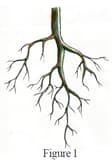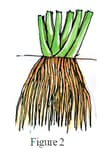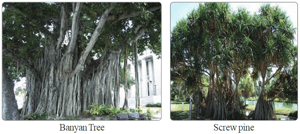Diversity in Plants and Structure of Plants
Diversity in Plants and Structure of Plants: Overview
This topic covers concepts such as diversity in the living world, root system, heterotrophic nutrition, canopy in a forest, and parts of the plant body.
Important Questions on Diversity in Plants and Structure of Plants
_____ are the examples of plants that showing the autotrophic mode of nutrition.
The plants that perform the process of photosynthesis are called autotrophic plants.
Mushrooms are the examples of plants showing autotrophic mode of nutrition.
The examples of plants with autotrophic mode of nutrition include
Unscramble UOATRTOHPCI to answer the question given below:
Name the mode of nutrition shown by plants like wheat, rice, etc.
The example of insectivorous plant is the Pitcher plant whereas the example of heterotrophic plant is the mushroom.
All heterotrophs show the autotrophic mode of nutrition whereas all autotrophs show the heterotrophic mode of nutrition.
Choose the plants that feed on insects.
To fulfil their nitrogen requirement insectivorous plants eat insects.
Choose the insectivorous plant.
Heterotrophs make their own food for their survival.
All plants live in the same habitat.
Define fruits.
What do you understand by the term modification? What are the different types of modifications seen in a leaf?
The leaves of Sundew Plant look like Sun.
Look at the pictures. Observe that roots are growing downwards from the branches and the stem. How are these roots useful to the plants?
What are the differences between the two roots shown in the figure?


Unscramble the word and write the function of that part of a plant.
TROO
Complete the word.
They hold the plant firmly in the soil.
R _ _ T _
The two types of roots are _____ root and _____ root.

